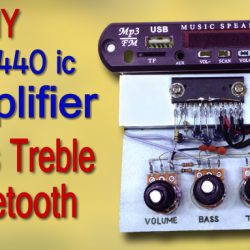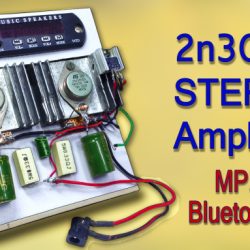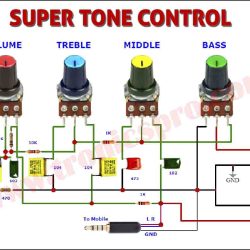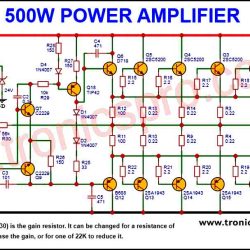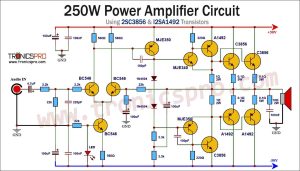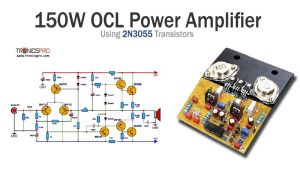
Introduction
In today’s world, where portable electronic devices have become an essential part of our lives, the need for efficient and reliable battery chargers has increased significantly. Lithium batteries, with their high energy density and longer lifespan, have become popular in various applications ranging from smartphones to electric vehicles. In this article, we will explore how to make an automatic lithium battery charger using the LM358 IC, BD140 transistor, 3V Zener diode, and 10K trimpot etc. These components, when combined, create a charger that ensures the safe and efficient charging of lithium batteries.
Introduction to Major Components:
LM358 IC: An Overview
The LM358 is a versatile operational amplifier (op-amp) that can be used in countless electronic circuits. It features two independent, high-gain op-amps in a single package, making it cost-effective and space-saving. The LM358 is capable of operating from a single power supply, typically in the range of 3-32 volts. With low power consumption and rail-to-rail output swings, this IC is commonly used in battery-operated devices and other low-power applications.
BD140 Transistor: Understanding its Role
The BD140 transistor is a popular NPN bipolar junction transistor (BJT) widely used in audio and general-purpose applications. It can handle moderate power levels and is known for its high current gain (hFE) and low saturation voltage. In the lithium battery charger circuit, the BD140 transistor is used as a switch to control the charging current flowing through the battery. When properly biased, it allows current to flow from the power supply to the battery for charging.
3V Zener Diode: An Integral Component
A Zener diode primarily functions as a voltage regulator, maintaining a constant voltage across a load. The 3V Zener diode used in this circuit ensures that the voltage across the battery is limited to a safe level during the charging process. By regulating the voltage, the Zener diode prevents overcharging and safeguards the lithium battery from potential damage. Its ability to handle high power dissipation makes it an ideal choice for applications like battery charging.
10K Trimpot: Adjusting and Fine-tuning Parameters
The 10K trimpot, also known as a trimming potentiometer, is a variable resistor used to adjust and fine-tune the circuit parameters. In the automatic lithium battery charger, the trimpot is employed to set the charging current. By adjusting the resistance, the current can be precisely controlled, ensuring the battery is charged at a safe and optimum rate. This customization feature allows the charger to be used with batteries of varying capacities.

Circuit Diagram of Automatic Lithium Battery Charger
This project can be designed using a few basic components. The circuit diagram of this project is shown below.
More Circuit Layouts
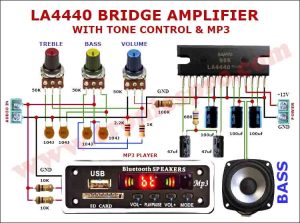
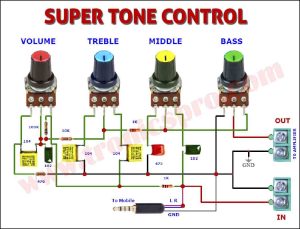
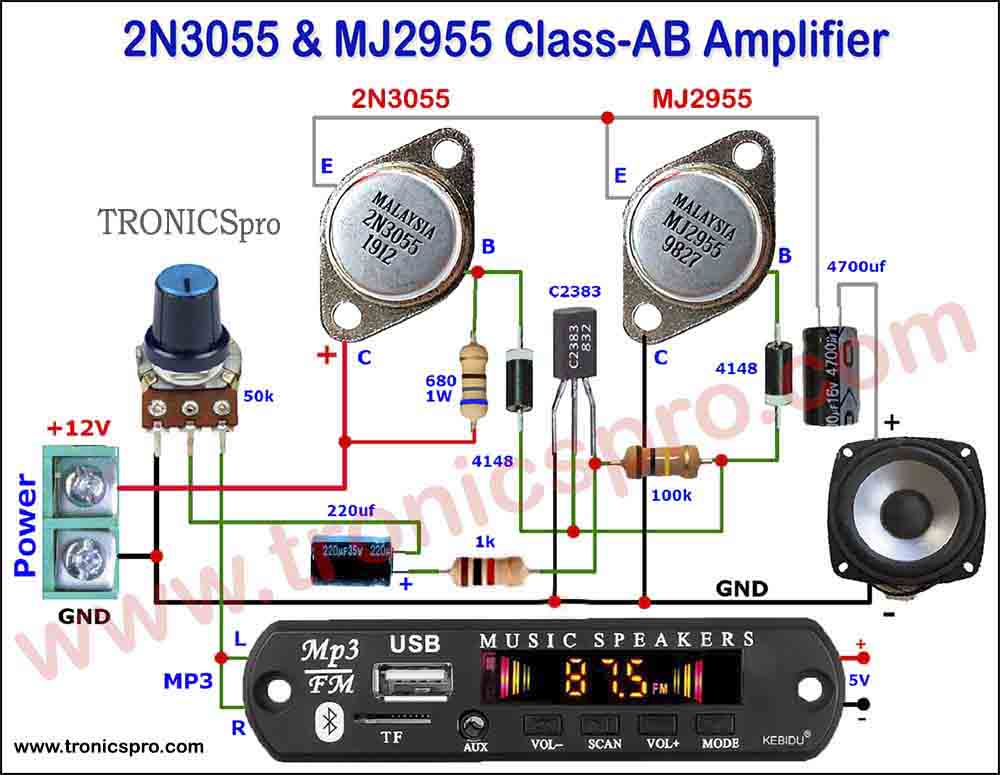

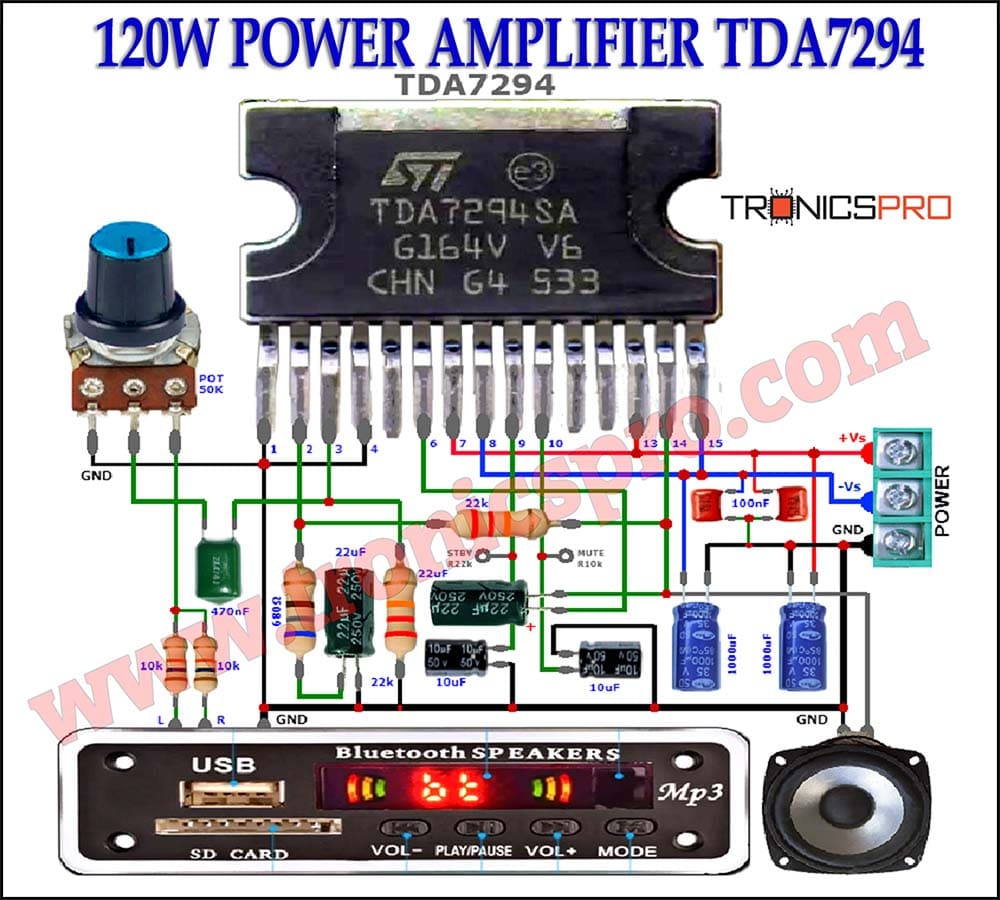


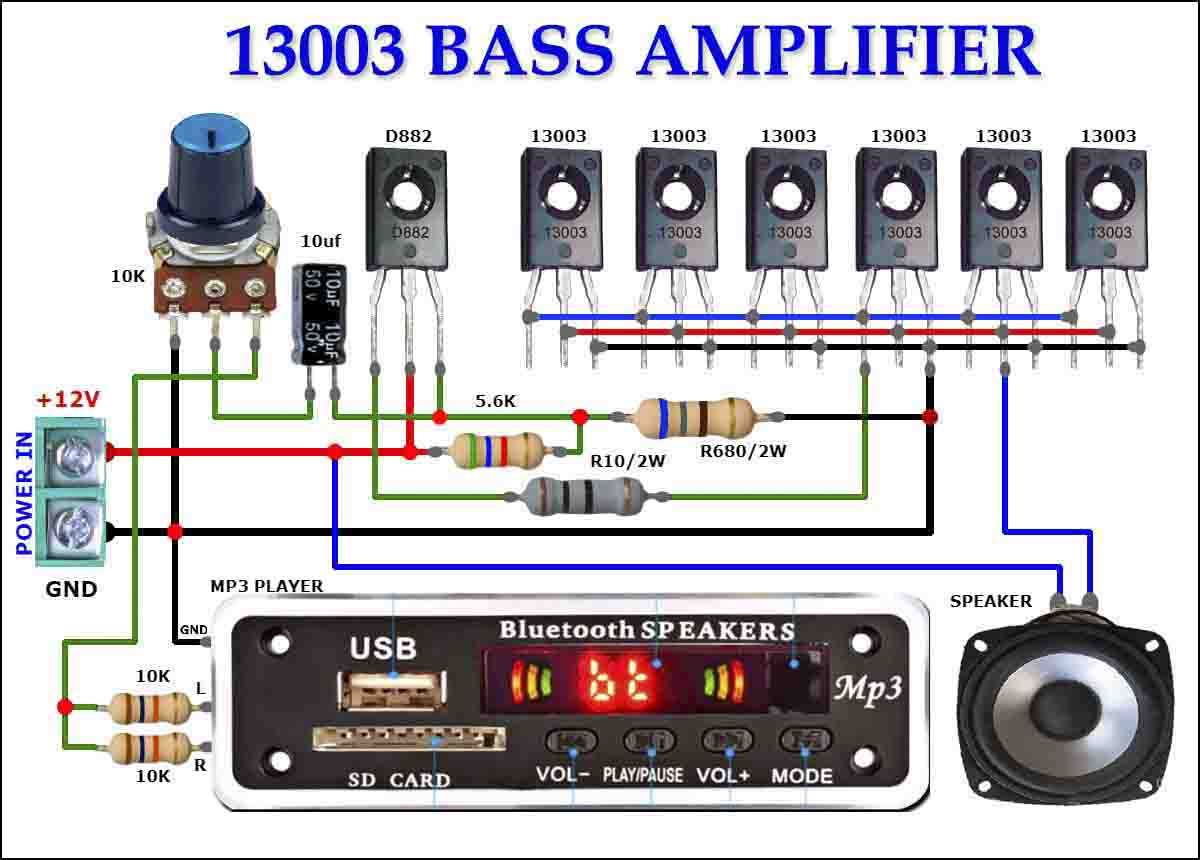
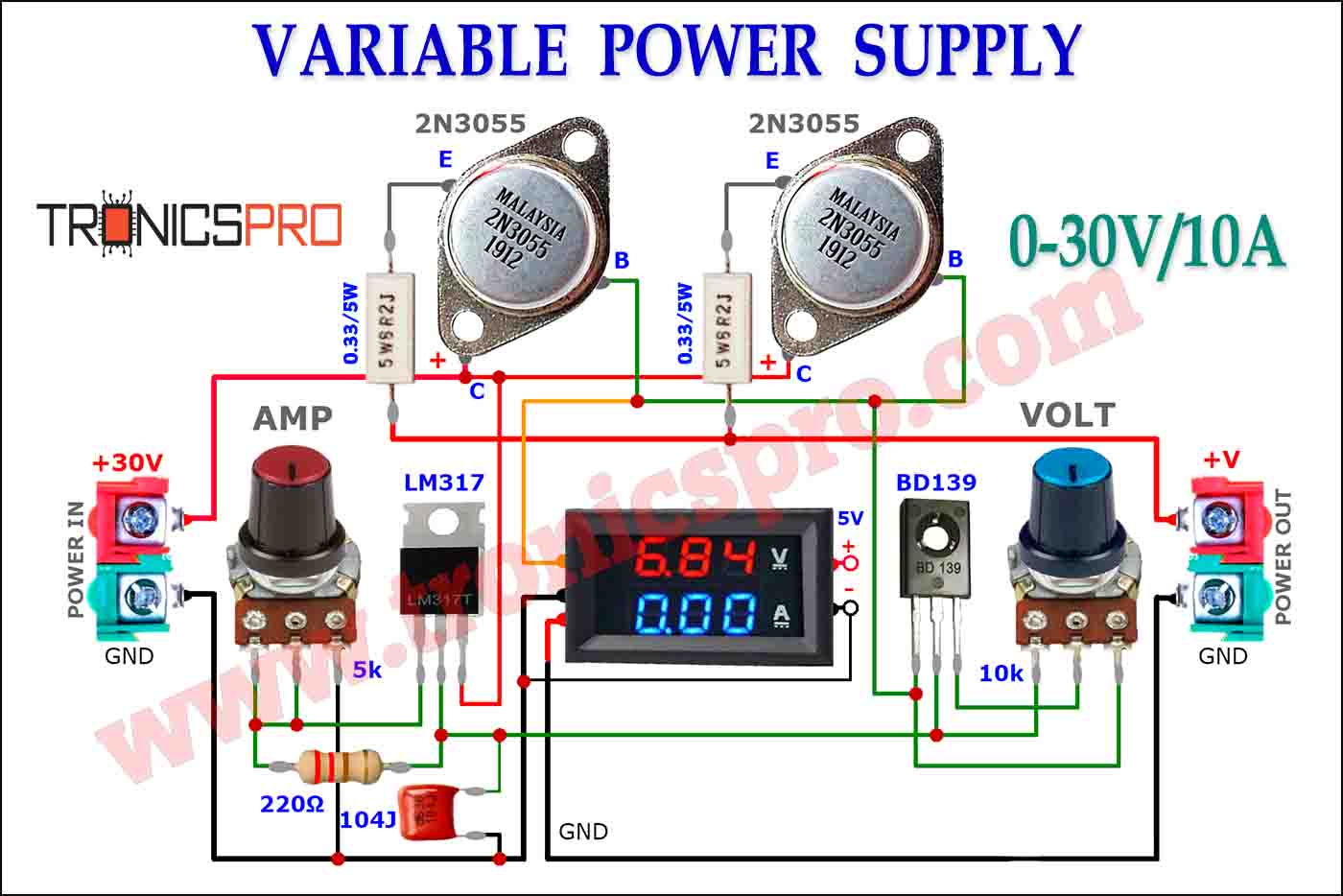
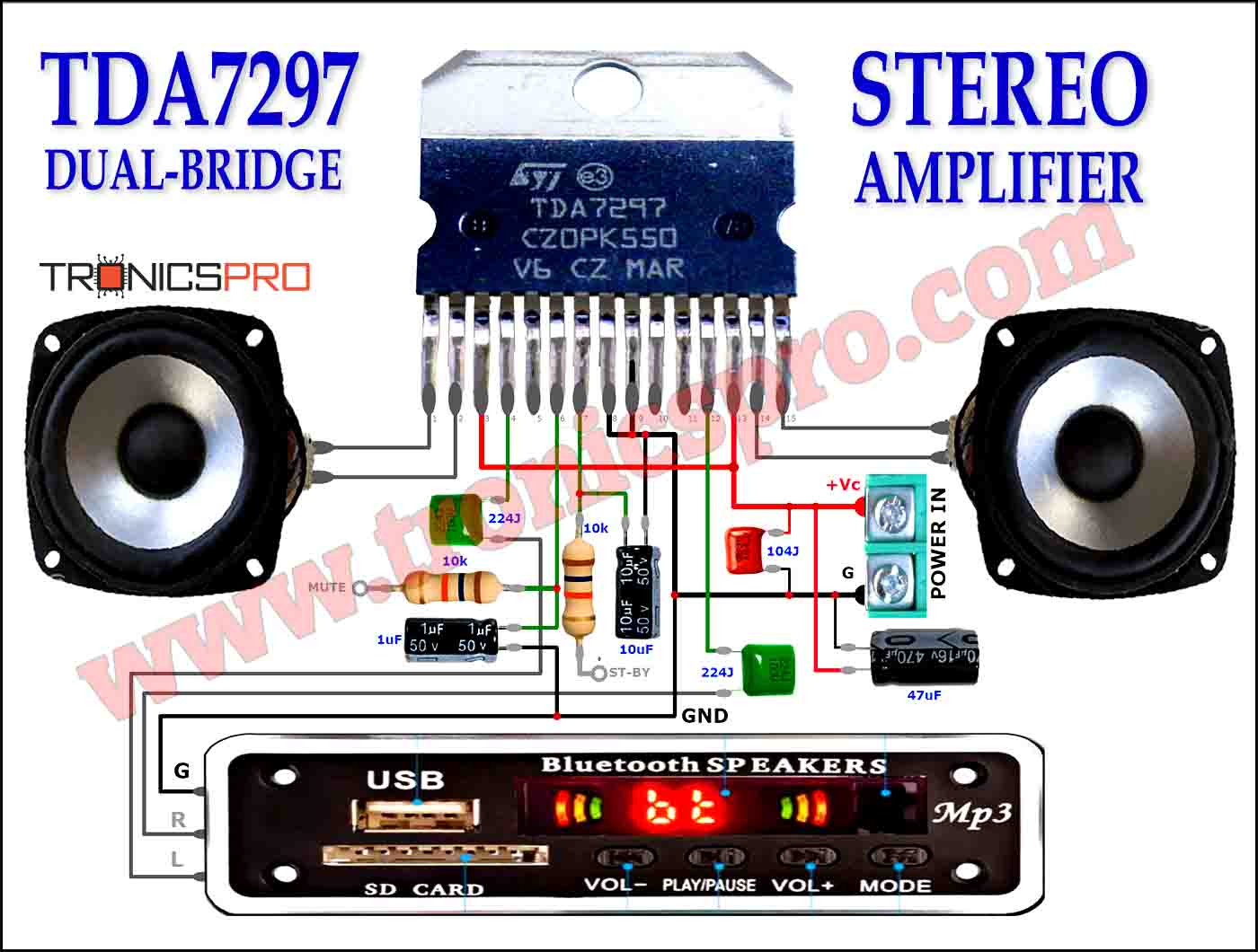
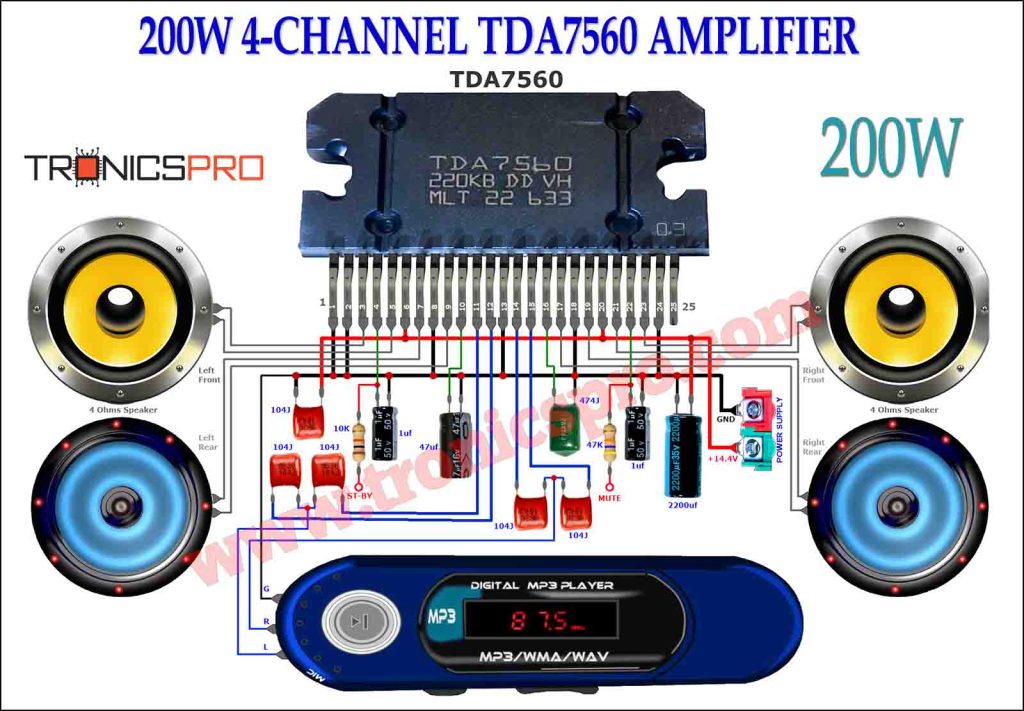
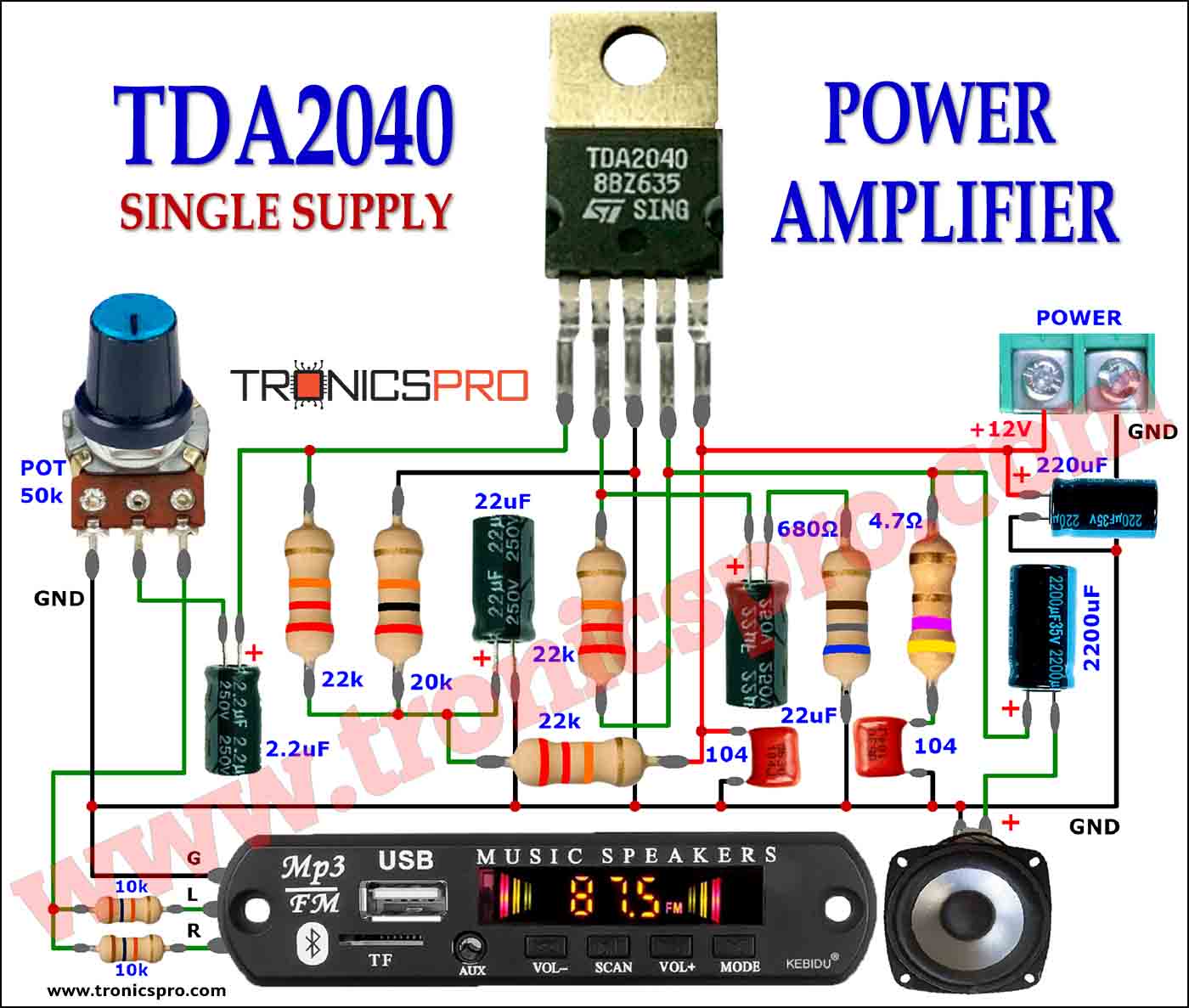
Components List of Automatic Lithium Battery Charger
Following is the list of all components used in this project:
- 1X LM358 IC
- 1X BD140 TRANSISTOR
- 1X 3V ZENER DIODE
- 2X LEDS
- 1X 1OK TRIMPOTS
- 2X 100 OHM RESISTORS
- 1X 220 OHM RESISTOR
- 1X 470 OHM RESISTOR
- 5X 1K RESISTORS
- 3X 470K RESISTORS
- 2X 2 PIN TERMINAL BLOCKS
- 1X BATTERY HOLDER
- 1X PERF BOARD
- JUMPER WIRES
Explanation of Automatic Lithium Battery Charger
Building an Automatic Lithium Battery Charger
Now that we have an understanding of the key components involved, let’s take a closer look at how to build an automatic lithium battery charger using the LM358 IC, BD140 transistor, 3V Zener diode, and 10K trimpot.
The circuit can be divided into two main parts: the power supply section and the charging section. The power supply section consists of an AC to DC converter, which converts the alternating current (AC) input to a direct current (DC) output. The charging section consists of the components mentioned above, along with other supporting elements like resistors and capacitors.
The LM358 IC is the heart of the circuit, providing the necessary amplification and signal processing. It is configured in a voltage follower configuration to amplify the voltage received from the charging section. The output of the LM358 is fed to the base of the BD140 transistor, which acts as a switch to control the charging current.
The 3V Zener diode is connected in series with the battery to limit the voltage across it during charging. It prevents the battery from getting overcharged and ensures a safe and controlled charging process. The 10K trimpot is used to set the desired charging current by adjusting the resistance.
Conclusion
With the increasing demand for portable devices, the importance of efficient and safe lithium battery chargers cannot be overstated. By utilizing components like the LM358 IC, BD140 transistor, 3V Zener diode, and 10K trimpot, it becomes possible to create an automatic lithium battery charger that ensures optimal charging while protecting the battery from damage.
The LM358 IC provides the necessary amplification and signal processing, while the BD140 transistor acts as a switch to control the charging current. The 3V Zener diode maintains a safe voltage limit across the battery, preventing overcharging, and the 10K trimpot allows for customization of the charging current.
By following the guidelines and understanding the role of each component, DIY enthusiasts can build their own automatic lithium battery charger. This project not only provides a practical solution for charging lithium batteries but also enhances one’s knowledge and skills in electronics. So, next time you find yourself in need of a reliable charger for your lithium batteries, consider building one using the LM358 IC and BD140 transistor.
More projects, You may like:
- Video Transmitter DIY Homemade FM Radio Transmitter
- Adjustable Power Supply DIY Battery Charger
- 12V-220V 500 Watt inverter DIY Homemade
- 12V-220V H-Bridge Inverter DIY Homemade
- MPPT Solar Charge Controller DIY Homemade
- 18650 battery bank free charge protection module
- D718 B688 Bass Amplifier Homemade DIY
- C5200 Bass Amplifier DIY Homemade with Volume
- DIY LA4440 bass amplifier homemade
- C5200 A1943 TDA2030 Amplifier DIY Homemade
For more project and circuit diagrams, you can go through the Schematics in the main menu where you can find many interesting projects and circuit diagrams like audio amplifier circuits, voltage booster circuit, battery charger circuit and timer circuits etc., which are all beginner circuit projects. Feel free to check them out!
Thanks for visiting the article and watching the video.
















